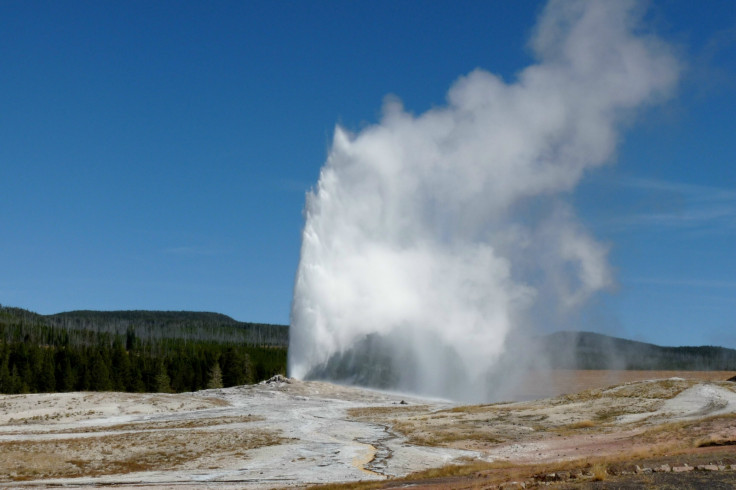The pulse of Yellowstone's 'beating heart' Old Faithful measured for the first time
Scientists have found a way to predict when Old Faithful will blow its top.
Old Faithful, the famous geyser, erupts every 35 to 120 minutes for between 1.5 and 5 minutes. At its most dramatic, it spews steam more than 180 feet into the air. It has done so regularly for the entire recorded history of the park, which was first documented in 1870.
There are two active magma reservoirs, at 5km and 40km below Yellowstone. Old Faithful is just one hydrothermal feature resulting from this shallow magma. Now its interior has been investigated thoroughly for the first time, by scientists at the University of Utah. The findings are published in a study in the journal Geophysical Research Letters.
"Here's the iconic geyser of Yellowstone," said study author Robert Smith, professor of geology and geophysics. "It's known around the world, but the complete geologic plumbing of Yellowstone's Upper Geyser Basin has not been mapped nor have we studied how the timing of eruptions is related to precursor ground tremors before eruptions."
The researchers used seismic data from everyday activities in Yellowstone Park to map out the shape of the geyser below the ground. It sits just at the edge of a large cavity, which gradually fills with very hot water from below.
With the help of 30 permanent seismometers and 133 smaller portable seismometers, the team mapped out the seismic signals for two weeks around Old Faithful and Geyser Hill. They found a pattern for predicting when Old Faithful would blow its top.
They found intense bursts of activity for 60 minutes, followed by 30 minutes of quiet. The geyser would erupt just at the end of the intense period, before the seismic signal falls silent.
"As that cavity [beneath Old Faithful] fills up, you have a lot of hot pressurised bubbles," Smith said. "When they come up, they cool off really rapidly and they collapse and implode."
Taking these measurements was a tricky task. With so many noises, from tourists' feet to the rumblings of the geyser itself, picking out a signal can be extremely difficult. The researchers used these continuous shakings from humans, cars, wind and water to convert it into a signal with information of the geyser's structure.
"It's amazing that you can use the hydrothermal source to observe the structure here," said Sin-Mei Wu, another author of the study.
Next the team plans to investigate how air temperature can change the subsurface structure of Old Faithful, and to see whether their data can help predict when earthquakes will happen in the region.

© Copyright IBTimes 2025. All rights reserved.






















